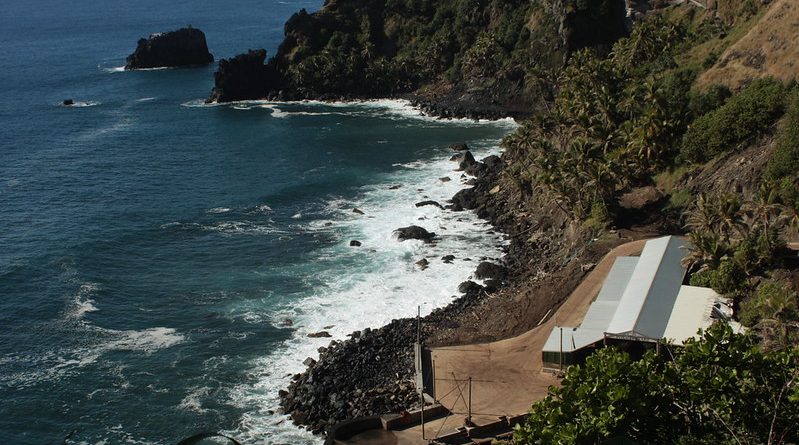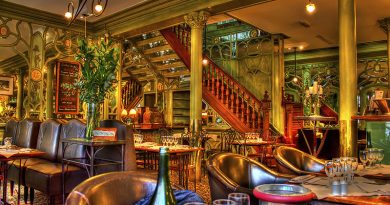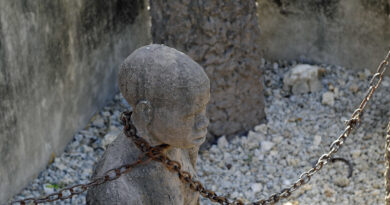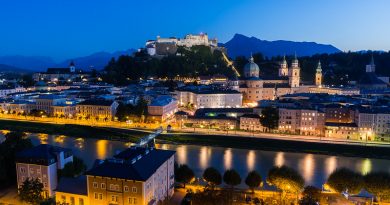Naval of the World: Easter Island
History Facts
Where: Easter Island, Pacific ocean between Chile and Tahiti
History: Remains of early advanced civilizations thought to be of either alien or Polynesian descent
Best sights: Giant Moai stone men
In the midst of the Pacific Ocean, 2000 miles from the nearest landmass (Chile to the east and Tahiti to the west) lies the most remote inhabited island in the world – Easter Island, or Rapa Nui as the locals call it.
Easter Island is a stunning landscape of volcanic craters & lava formations, beaches and unique archaeological sites. The famous Moai, or stone sculptures, hewn out of rock by a now lost civilisation have baffled archaeologists for centuries.
What’s the history here?
Throughout the last few hundred years there’s been a great deal of speculation about the origins of the civilisation that built the enormous statues with which Easter Island has become synonymous. Some have noted the similarity between the Moai statues and Inca stonework, and have surmised that they were built by people of Peruvian descent. Others have even gone so far as to suggest that the Moai were built by extra-terrestrials. The most plausible hypothesis, however, is that Easter Island was discovered by a small group of Polynesians in about 400 AD, whose fledgling civilisation developed in complete isolation for over a thousand years. These early settlers called the island Te Pito O Te Henua or ‘Navel of The World’.
We also can’t be sure of why the inhabitants built the Moai. It may be that they were representations of deified ancestors, who where thought to watch over the living. What we do know is that a few centuries after settlement disaster struck the Easter Island community. Whether caused by a population explosion, ecological disaster or cultural revolution, the crisis reached desperate proportions and the Moai were destroyed by the islanders themselves.
On Easter Day 1722 the island was ‘discovered’ by Admiral Roggeveen, who named it Easter Island. When the Europeans arrived in 1750 they found a primitive people residing among the ruins of a once great civilisation. The native population dwindled further as a result of disease and slavery, which the westerners brought with them, but since Easter Island was annexed to Chile in 1888 it has enjoyed a period of recovery.
Archaeologists set about reconstructing the ruined Moai monuments and trying to learn more about the culture which made them. More than 900 Moai have been found, and the sites where they stand are known as known as Ahu.
What’s there to see & do?
You can hire a horse for the day from the Hanga Roa, the only town on the island, and explore the many Moai sites, beaches and landscapes.
The Moai were carved out of an inactive volcano called Ranu Araku, dubbed ‘the nursery’. There are over 400 statues here which didn’t make it out of the crater, including the biggest, which is over 60 ft long and is still attached to the rock face.
The recently restored site at Ahu Tongariki is by far the most impressive, containing fifteen massive figures.
The restored village of Orongo is another mystery of Easter island. Located between Rano Kaoand a sheer cliff drop-off, archaeologists have discovered 150 carvings of a man’s body with a bird’s head which are believed to have belonged to a religious cult.
MORE INFORMATION
Easter Island Foundation
P.O. Box 6774,
Los Osos
CA 93412-6774
USA
Book
Easter Island : Mystery of the Stone Giants(Discoveries), Catherine Orliac, et al; 1995
main image: A View of the Monuments of Easter Island, Rapanui, c. 1775–1776 by William Hodges. The earliest known painting of Easter Island.- reproduction from art book. More information at the picture’s page at the National Maritime Museum’s collections’ web site.
By Jess Halliday




